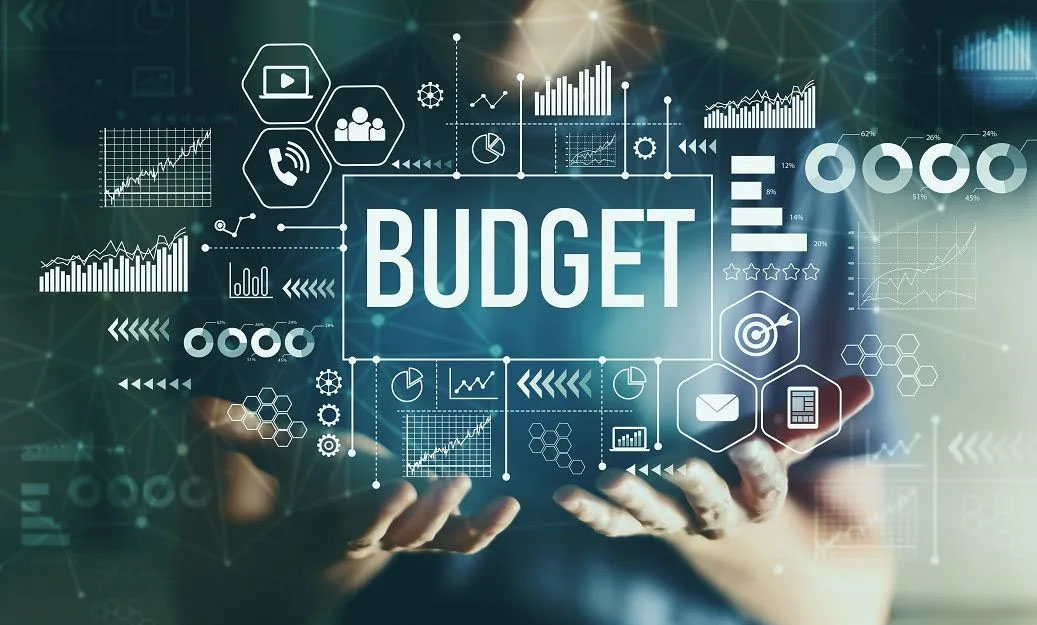- Introduction
- Assess Your Current Financial Situation
- Create a Savings Plan
- Reduce Unnecessary Expenses
- Increase Your Income
- Set Up a Separate Savings Account
- Use Windfalls Wisely
- Stay Motivated and Track Progress
- Protect Your Fund
- Conclusion
How to Build a Budget-Friendly Emergency Fund
An emergency fund is essential for financial security. It provides a safety net during unexpected situations like medical emergencies, car repairs, or job loss. Building this fund on a budget is achievable with strategic planning and disciplined saving.
Assess Your Current Financial Situation
Before you start saving, understand your financial landscape. Track your income and expenses to identify potential savings. Create a budget that highlights necessary spending and areas where you can cut costs.
Create a Savings Plan
Determine a realistic monthly savings goal. Automate transfers to your savings account to ensure consistency. Prioritize this fund over non-essential spending.
Reduce Unnecessary Expenses
Identify and eliminate non-essential expenses. For example, cooking at home instead of dining out, or canceling unused subscriptions. Small changes can accumulate significant savings over time (Outstanding Elephant) .
Increase Your Income
Explore additional income streams such as freelancing, part-time work, or selling unused items online. Every extra dollar can help grow your emergency fund faster.
Set Up a Separate Savings Account
Open a high-yield savings account dedicated to your emergency fund. This helps keep the fund accessible for emergencies and separate from daily expenses .
Use Windfalls Wisely
Save bonuses, tax refunds, or gifts. Allocate a portion to your emergency fund instead of spending it all. This boosts your savings without impacting your regular budget.
Stay Motivated and Track Progress
Regularly monitor your savings growth. Celebrate milestones to stay motivated. Adjust your savings plan as needed to stay on track.
Protect Your Fund
Avoid using the emergency fund for non-urgent expenses. Replenish the fund promptly if you need to use it. Consider maintaining a minimum threshold to ensure it’s always ready for true emergencies.
How to Build a Budget-Friendly Emergency Fund
A budget-friendly emergency fund is crucial for financial peace of mind. Start today by assessing your finances, creating a savings plan, and making small but effective changes to your spending habits. Your future self will thank you for the financial security and stability you’ve built.
By following these steps, you can build a robust emergency fund without straining your budget. Financial emergencies won’t seem as daunting with a safety net in place, allowing you to handle unexpected situations with confidence and peace of mind.
